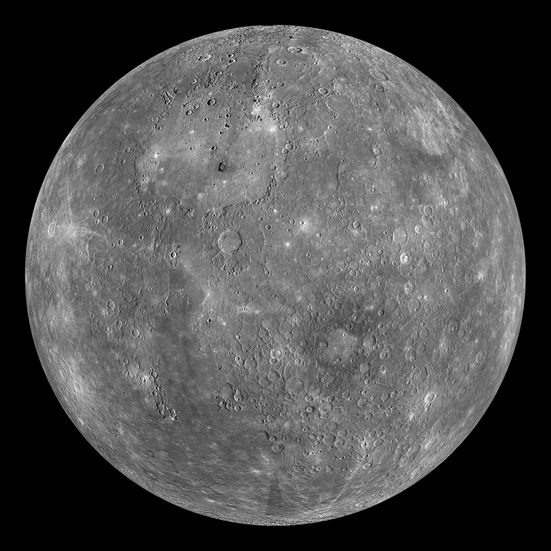Speedy Mercury: The Fastest Planet!
- Nguyen Khoa
- Jun 8
- 2 min read
The Planet That’s Hotter Than an Oven and Colder Than Ice—All in One Day!

Introduction
Welcome to your first journey through our solar system! If you're curious about space and want to start with something exciting and easy to understand, you're in the right place.
Mercury - the smallest of all
Mercury is the smallest planet in our solar system and the closest one to the Sun. It’s only slightly bigger than Earth’s Moon. Mercury spins very slowly, so one full day (from sunrise to sunrise) takes 176 Earth days—almost six months!
A Planet of Extreme Temperatures
During the day, Mercury gets extremely hot—up to 430°C, which is hotter than an oven. But at night, it cools down to -180°C. This happens because Mercury has no atmosphere to trap heat. Without air, the planet can’t keep the warmth it gets from the Sun.
A View of the Sun Like No Other
From Mercury, the Sun looks more than three times bigger than it does from Earth and shines seven times brighter. It’s the perfect planet to see just how powerful our Sun really is.
The Fastest Planet
Mercury travels around the Sun in just 88 Earth days, which makes it the fastest-moving planet. That’s also why it’s named after Mercury, the Roman god known for being fast and quick.
What’s It Made Of?
Mercury has a large metal core, which is covered by a rocky mantle and a hard outer crust. Even though it’s small, its inside is a lot like Earth’s.
What Does It Look Like?
Mercury looks very much like our Moon. It’s covered in craters caused by space rocks crashing into it. Some of these craters are named after famous people—like Dr. Seuss!
Could Anything Live There?
Unfortunately, no. Mercury is way too hot during the day, freezing cold at night, and it has no breathable air. It’s not a place where people, plants, or animals could live.
Surprising Features
Even though Mercury is close to the Sun, scientists think there might be ice in deep, dark craters at its poles where the Sun never shines. Mercury also has a weak magnetic field, and sometimes it gets hit by strong winds from the Sun, causing space storms. It has no moons or rings, unlike some of the other planets.
Summary
Mercury is a tiny but fascinating planet that’s full of extremes—extreme temperatures, a super short orbit, and very slow days. Even though it's not a place for life, learning about Mercury helps us understand how planets work and how different they can be from Earth.
Fun fact
If Earth were the size of a nickel, Mercury would be the size of a blueberry!







Comments